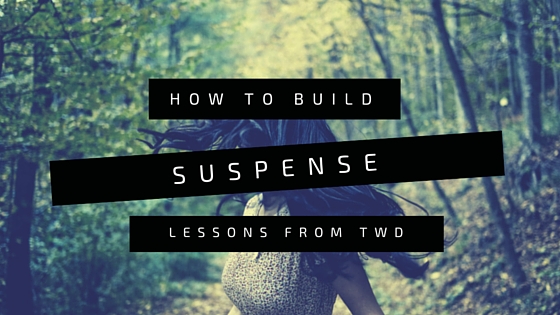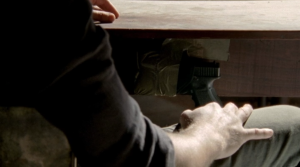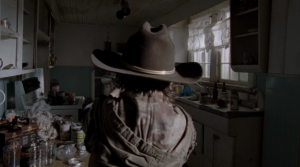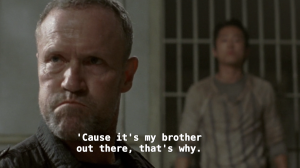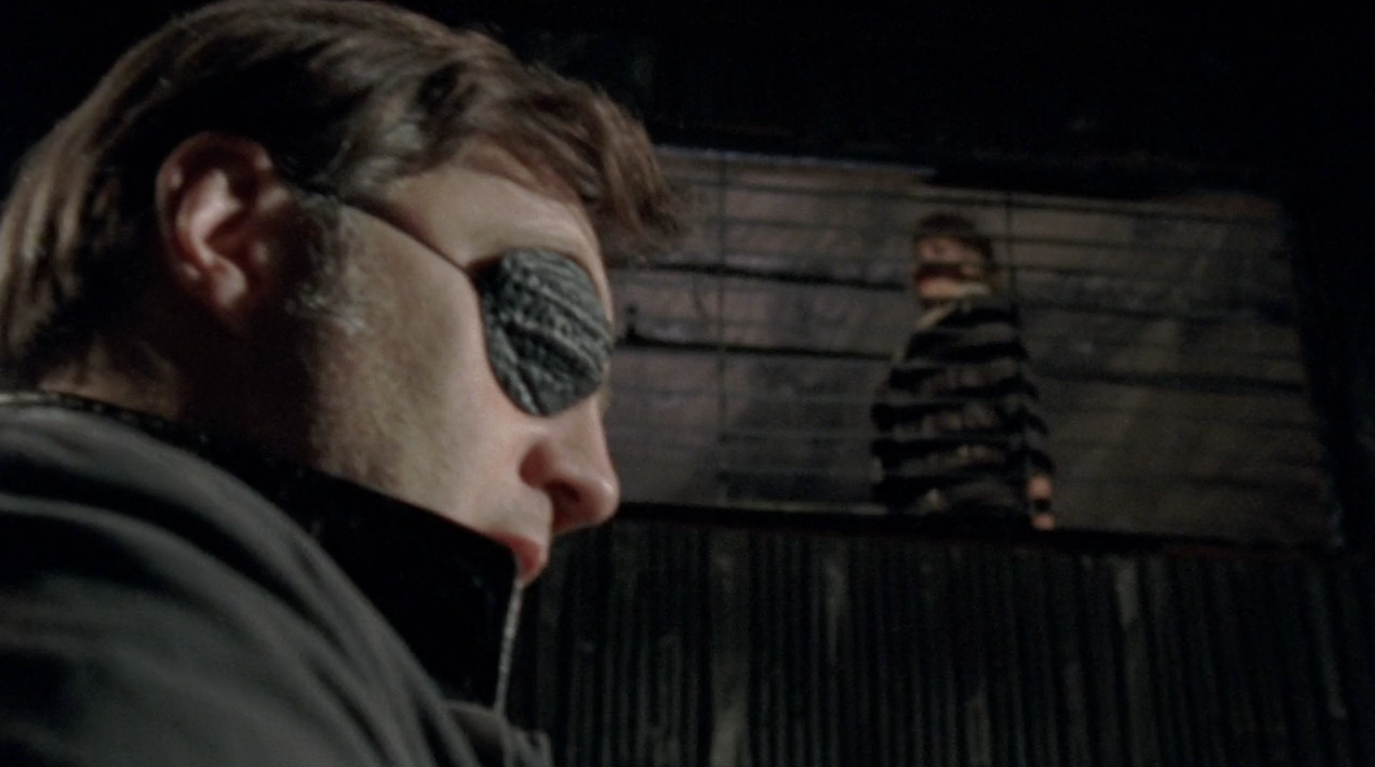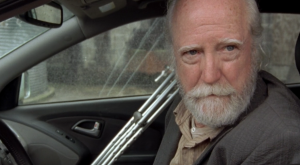It’s a lot of work to craft a compelling, complex, and truly formidable antagonist, so once we’ve put in that time, it makes sense to wring as much value out of those characters as possible. Here are six surprising ways I’ve found to make effective use of an antagonist:
-
Use delayed gratification of an antagonist’s punishment to increase narrative tension.
The more your villain wins, and the more he deserves to lose, the more desperately we’ll be turning every page (or hitting that “next episode” button) to see him finally get his comeuppance. This is especially effective if the villain is pretending to be a good guy and some of your protagonists haven’t figured it out yet.
The first time I realized the power of this dynamic was while watching The Sopranos. In the third season, there’s a character that everyone on the show loves but who the audience knows is terrible. It is enraging to watch this character be coddled and cheered in every episode when you know he’s secretly a villain. I was glued to my screen that entire season, desperate for the satisfaction of seeing this character be found out and brought to justice.
Similarly, I’m watching Game of Thrones now for the first time and this line in a season 1 episode recap, referring to Joffrey, sums it up perfectly: “I will watch this show even if it goes on for a hundred seasons if they promise me gruesome violence against that little kid.”

Joffrey is another great example of a character who continually gets what he wants when he doesn’t deserve it while doing increasingly despicable things, building narrative tension in the audience as we froth at the mouth to see him get what’s coming to him.
Are there ways you can ratchet up the tension in your story by making things easier and easier for your terrible antagonist, delaying our gratification in seeing his eventual punishment?
-
Use lesser antagonists to take some of the load off your Big Bad.
Whether you’re writing a TV show or a feature film, you almost certainly have multiple layers of antagonists, not just a single villain. And I don’t just mean a “Big Bad” and his three henchmen, I mean other types of antagonists who are causing problems for our hero on all sides.
Some of those antagonists are mere nuisances or even well-meaning characters who are nevertheless blocking your heroes from doing what needs to be done, but others are more serious threats that will help the hero train for her eventual climactic fight against the Big Bad.
You can find examples of this in pretty much any movie or TV show, but one great example you’ve probably seen is Die Hard (1988). Of course Hans Gruber is the Big Bad and John McClane will have to defeat many henchmen before he can fight Hans, but there are several other antagonists to contend with as well: Harry Ellis (John’s wife’s arrogant coworker who reveals John’s identity to Hans), Dick Thorburg (the irresponsible reporter who carelessly exposes the identity of John’s wife and children), and Dwayne Robinson (the police chief who doesn’t believe John that the building is under siege or that John is a cop).
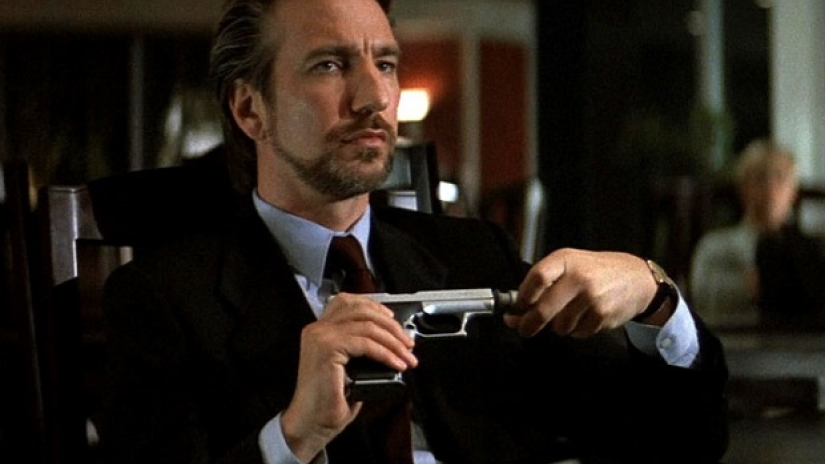
These “lesser” antagonists can do some of the dirty work of your Big Bad, which helps your main villain retain an aura of mystery while still keeping your heroes under constant threat.
One of the movies most famous for a mysterious antagonist is Jaws (1975) — so much of what made that shark terrifying is that we rarely actually see it. If every time something bad happened in that movie it had to be the shark eating someone, that would get old very quickly and the shark would lose his power to frighten. By having other, lesser antagonists in the movie, we were able to have continuous conflict and obstacles without getting burned out on shark attacks.
Is your Big Bad doing dirty work in your story that steals some of her menace? Can you farm out those conflicts to lesser antagonists instead?
-
Use a lesser antagonist as a more narratively satisfying deus ex machina to save your hero from another, worse villain.
You’ve probably heard this famous writing advice from Pixar story artist Emma Coats: “Coincidences to get characters into trouble are great; coincidences to get them out of it are cheating.”
But sometimes you really do need a satisfying way to get a hero out of an impossible jam. Even the best stories need an occasional deus ex machina, but we’ve all felt that disappointment when a sidekick just happens to ride up at the exact moment a hero needs help. We wanted them to get out of trouble, but not like that!
Another benefit of having multiple layers of antagonists is that you can have a lesser antagonist be the deus ex machina that saves our hero from a much deadlier one.
A movie that does this to great effect is Attack the Block (2011) which has its heroes running scared from cops, a murderous drug dealer, and aliens all at the same time. There is at least one moment when a well-timed attack from one antagonist gives our heroes a means to escape another.
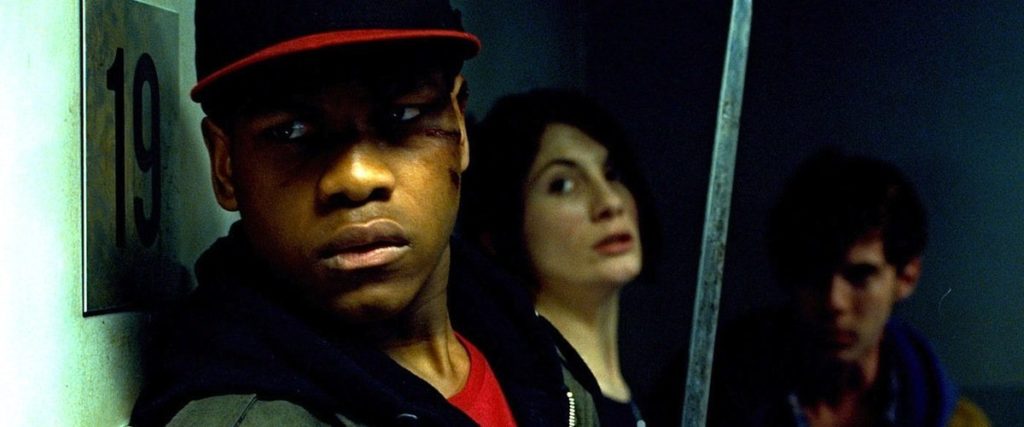
This is much more narratively satisfying because it’s not completely fixing the hero’s problem — they still have to deal with this new problem, it just saves them from a truly impossible one.
Do you have an unsatisfying deus ex machina in your story that you could make more satisfying by having an antagonist come to the rescue instead of a helper?
-
Use an antagonist to make a challenging protagonist more palatable.
Your protagonists don’t have to be innocent Pollyannas for the audience to care about them, they just have to be not as bad as the antagonistic forces against them.
On another series, a conceited mean girl would be the antagonist, but because Sansa Stark is the victim of much crueler characters on Game of Thrones, we empathize with her. You can make even the most horrible character empathetic by putting them at odds with someone even worse.
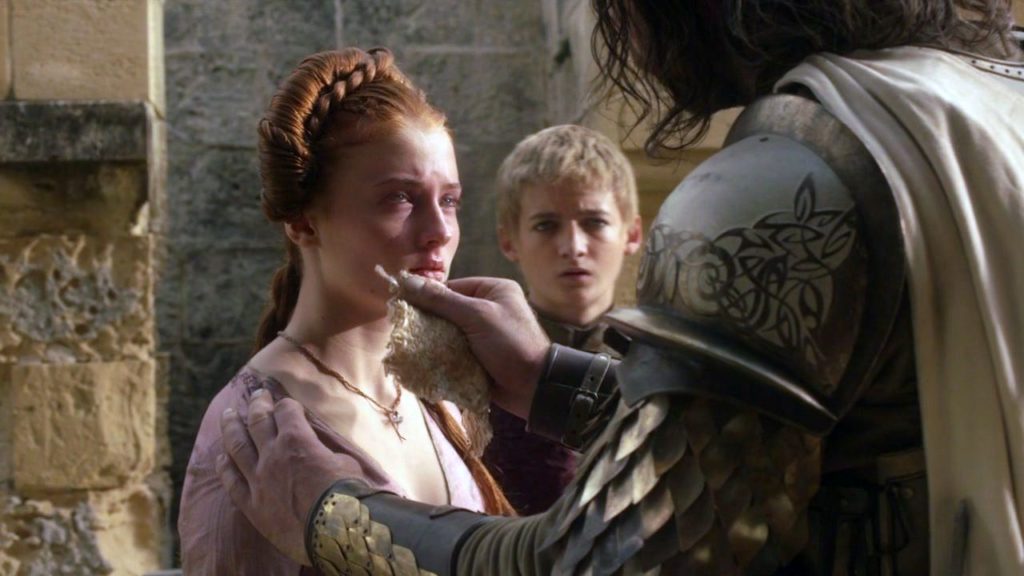
This is a good opportunity for those smaller antagonists who aren’t quite to the level of Big Bad Villain, but are thorns in the side of your hero.
In your story, is there an opportunity to make an unlikable character more empathetic by giving them an even more unlikable opponent?
-
Use your villain to help the hero see her own dark side.
Someone told me once in a job interview, when I’d failed to find a satisfactory answer to the question “what is your greatest weakness,” that weaknesses are usually the excess of our strengths.
Often, a great villain is simply the hero run amok; it’s someone with the qualities of the hero taken to their terrible logical extreme. This can create a great opportunity for your hero to look inside herself and see her own flaws and the danger that awaits her if she doesn’t change, as it does in Guardians of the Galaxy Vol. 2 (2017) and in The Last Jedi (2017).
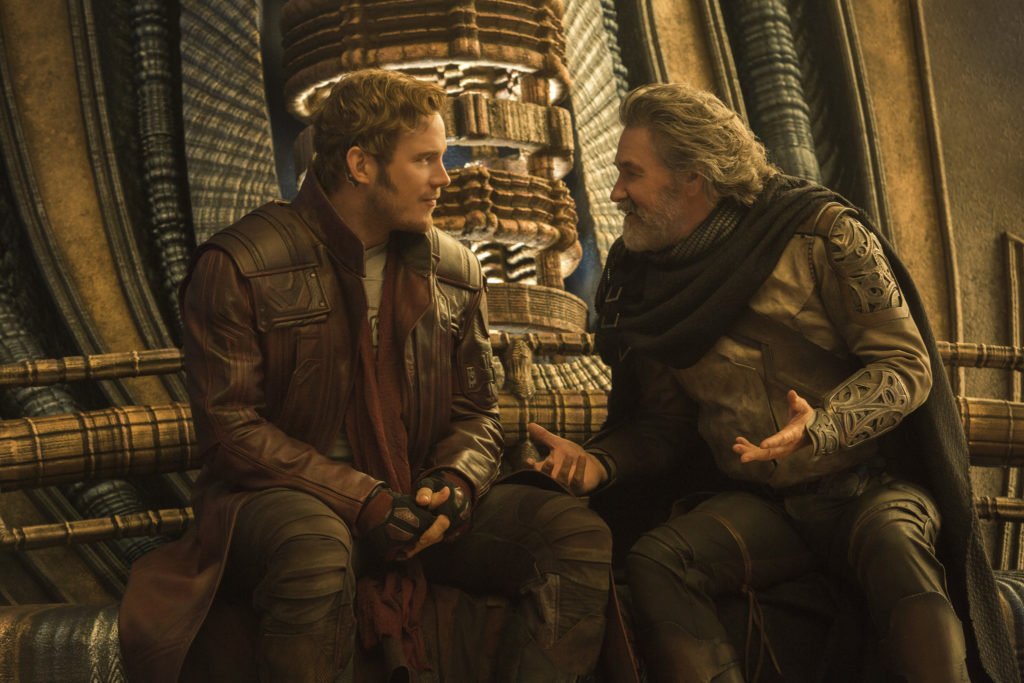
Is there a way you can make your Big Bad a better “upside down” reflection of your hero, or make better use of that reflection?
-
Use a secret antagonist to upend the audience’s expectations.
I can’t give examples of this without spoiling the stories, but there are several extremely successful movies and TV shows in recent years that involved an antagonist initially posing (to the hero and to the audience) as someone who was on the protagonist’s side.
This is tricky to pull off without pulling the rug so hard out from under the audience’s feet that they have nothing left to stand on, but when this works for a story, it really, really works. Is there an antagonist in your story who you could initially portray as good? Or a protagonist in your story who you could make secretly bad?
